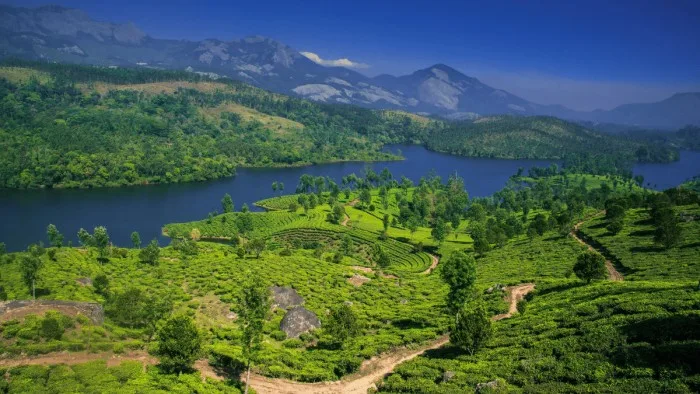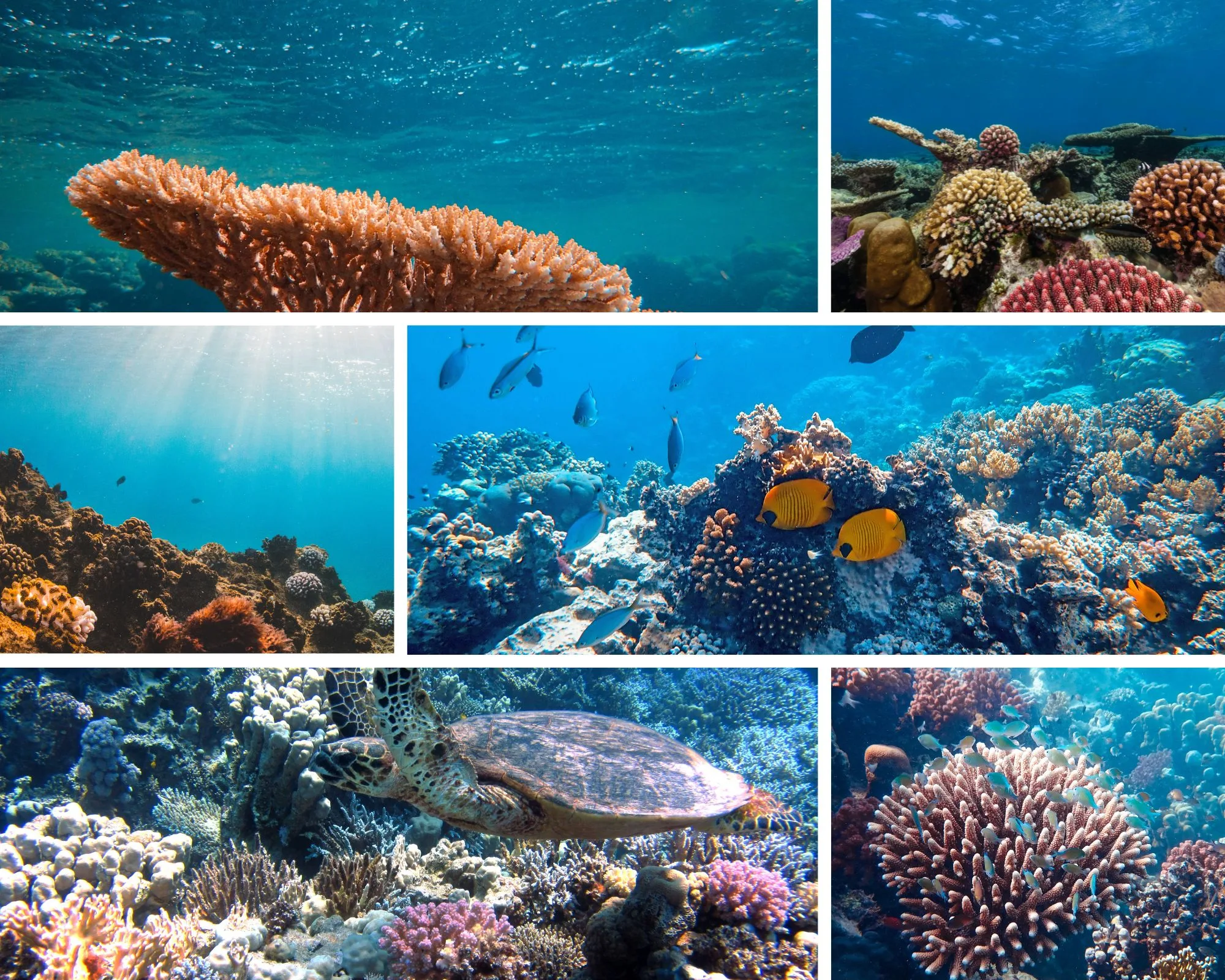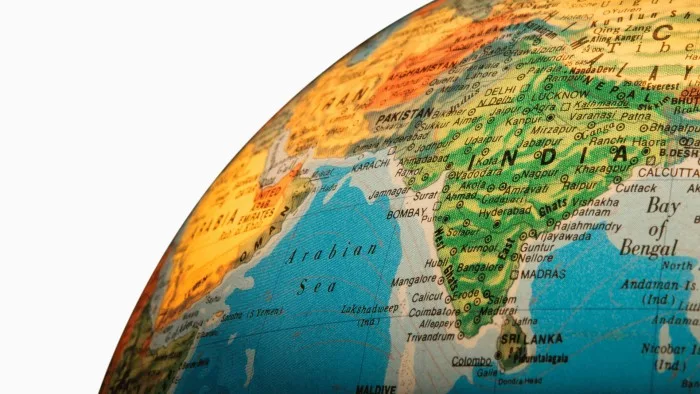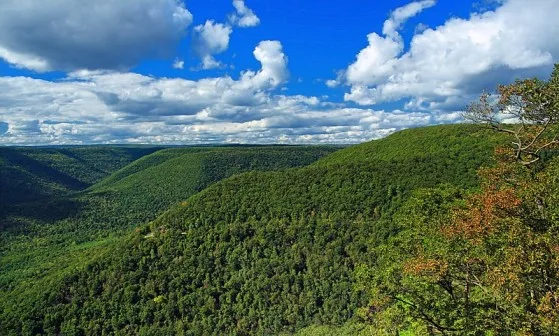Unraveling the Formation and Significance of Fold Mountains: A Geographical Exploration
Introduction: Fold Mountains are formed due to the folding of crustal rocks by compressive forces generated by endogenetic forces coming from within the earth. These are the highest and most extensive mountains in the world and are found on all the continents. The distributional patterns of the fold mountains over the globe denote the fact … Read more










